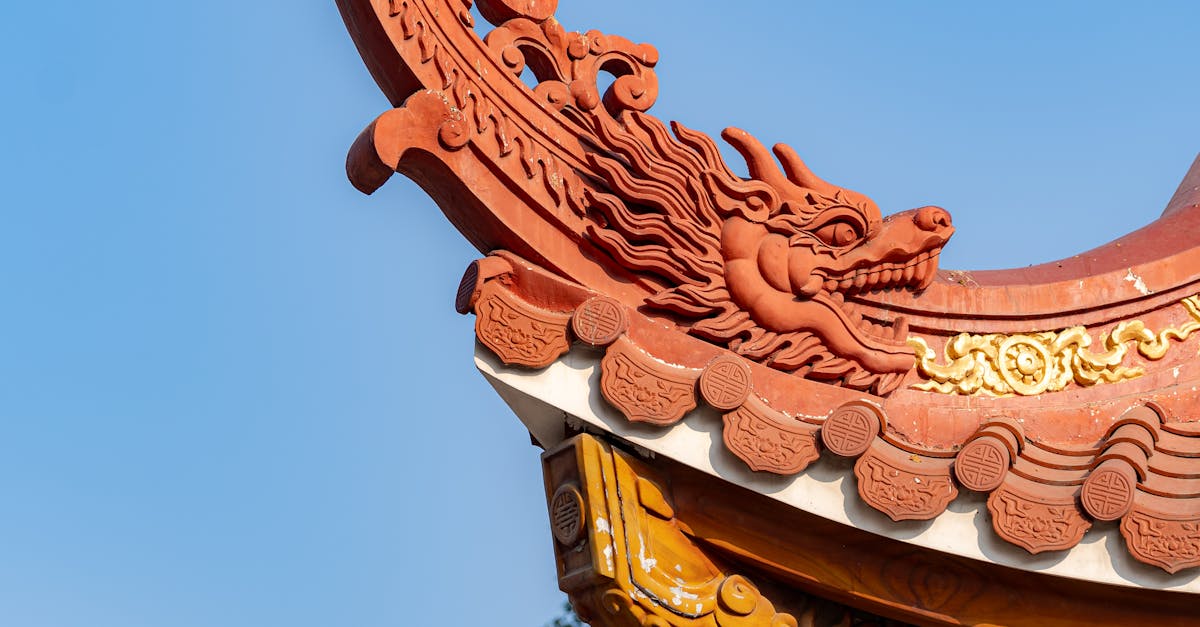
Benefits of Installing Vegetated Roofs in Urban Settings
Table Of Contents
How do wood shingles protect against harsh climate conditions?
Do wood shingles require a lot of maintenance?
Maintaining the beauty and functionality of your roof doesn't have to be a burdensome task when you opt for wood shingles. One of the key advantages of choosing wood shingles for your roof replacement is their low maintenance requirements. Unlike some other roofing materials that may need frequent repairs or replacements, wood shingles are relatively easy to maintain over time.
In addition to their longevity, wood shingles require minimal maintenance, reducing the need for costly repairs and upkeep. Unlike some roofing materials that may need regular inspections and treatments, wood shingles are known for their natural resilience and ability to withstand the elements. This low maintenance requirement not only saves homeowners mVegetated roofs help manage stormwater runoff, reduce the urban heat island effect, and promote energy efficiency, making cities more sustainable in the long run. oney in the long run but also provides peace of mind knowing that their roof is well-protected and durable.
How do vegetated roofs aid in stormwater management in urban settings?Structural Integrity Assessment
Hiring the Right Professional for Wood Shake Installation
Credentials and Experience
FAQSWhat are the benefits of choosing wood shakes for my roof replacement?
How do I determine the cost considerations for wood shakes?